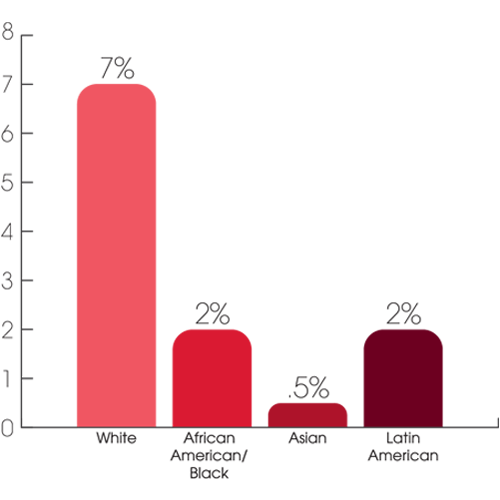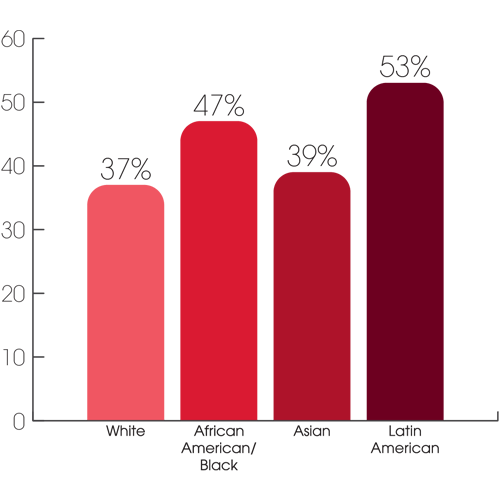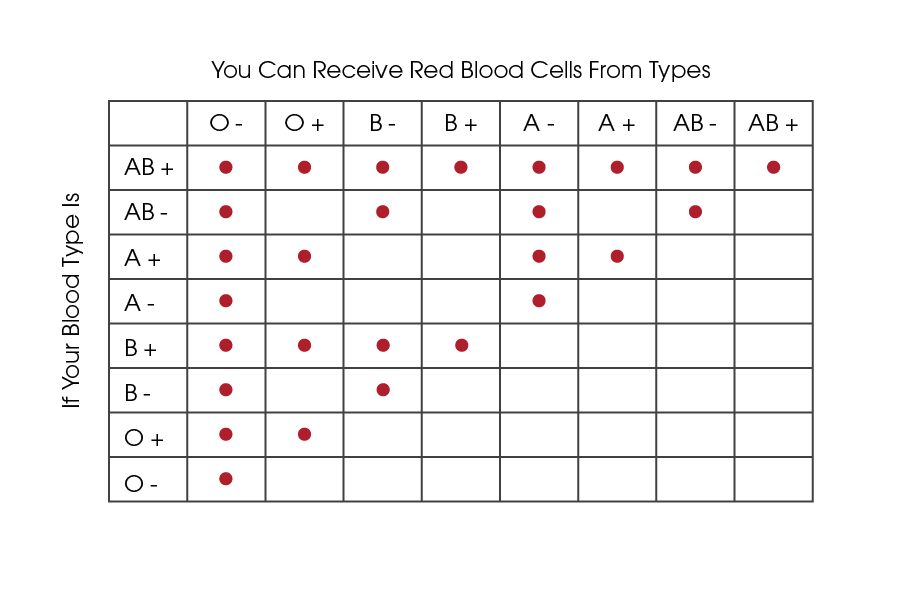Why Your Blood Type Is Important
Blood types are used to determine donor-patient compatibility. Donated blood must be compatible with the recipient's blood for a transfusion to occur. Transfusing incompatible blood can result in severe complications for the patient—even death.
How Blood Type Is Determined
The ABO system classifies blood into four blood groups (A, B, AB, and O) based on the presence or absence of certain antibodies and antigens in the red blood cells. Whether the Rh antigen is present or absent in red blood cells determines whether your blood type is positive or negative. Knowing the ABO blood group and whether the Rh antigen is present determines which of the eight common blood types you have. Refer to the chart below to see which red cell types are compatible:
Learn More About Your Blood Type

A-negative
Your blood type is one of the most precious types for patients. Only 6% of the total population in the U.S. has A-negative blood. Your blood is transfused to patients in need every day. The need for A-negative red blood cells is often higher than what we collect.
Type A-negative blood has A antigens on the red cells and anti-B antibodies in the plasma.

A-positive
Of the total U.S. population, 34% of individuals have A-positive blood. Your blood is used every day for patients, and we are always in need of your blood type.
Type A-positive blood has A and Rh antigens in red cells and anti-B antibodies in the plasma.

B-negative
Only 2% of the U.S. population has B-negative blood. It is important that we receive donations from donors with rare blood types every day.
Type B-negative blood has B antigens in red cells and anti-A antibodies in the plasma.

B-positive
Of the total U.S. population, only 9% of individuals have B-positive blood. It is important that we receive donations from donors with rare blood types every day.
Type B-positive blood has B and Rh antigens in the red cells and anti-A antibodies in the plasma.

AB-negative
Only 1% of the total U.S. population has AB-negative blood, making it the rarest blood type. Your blood plasma and platelets are universally compatible with any donor! Your blood is used every day to save lives, including patients in emergencies. The need for AB-negative plasma and platelets is higher than what we collect.
Type AB-negative blood has A and B antigens in red cells and no type antibodies in the plasma.

AB-positive
Your blood plasma and platelets are universally compatible with any donor! Only 3% of the U.S. population has AB-positive blood. Your blood is used every day to save lives, including patients in emergencies. The need for AB-positive plasma and platelets is higher than what we collect. We are always in need of your blood type.
Type AB-positive blood has A, B, and Rh antigens in red cells and no type antibodies in the plasma.

O-negative
Your blood type is the most precious type for patients. Group O-negative only makes up 7% of the U.S. population. You are a universal red blood cell donor, meaning your blood can be transfused to any patient in need. The need for O-negative red blood cells is often far higher than what we collect.
Type O-negative blood has no type antigens in red cells and both anti-A and anti-B antibodies in the plasma.

O-positive
Of the total population, 38% individuals have O-positive blood. Your blood type is the most common, but it is also the most often used for patients!
Type O-positive blood has Rh antigens in red cells and both anti-A and anti-B antibodies in the plasma.

